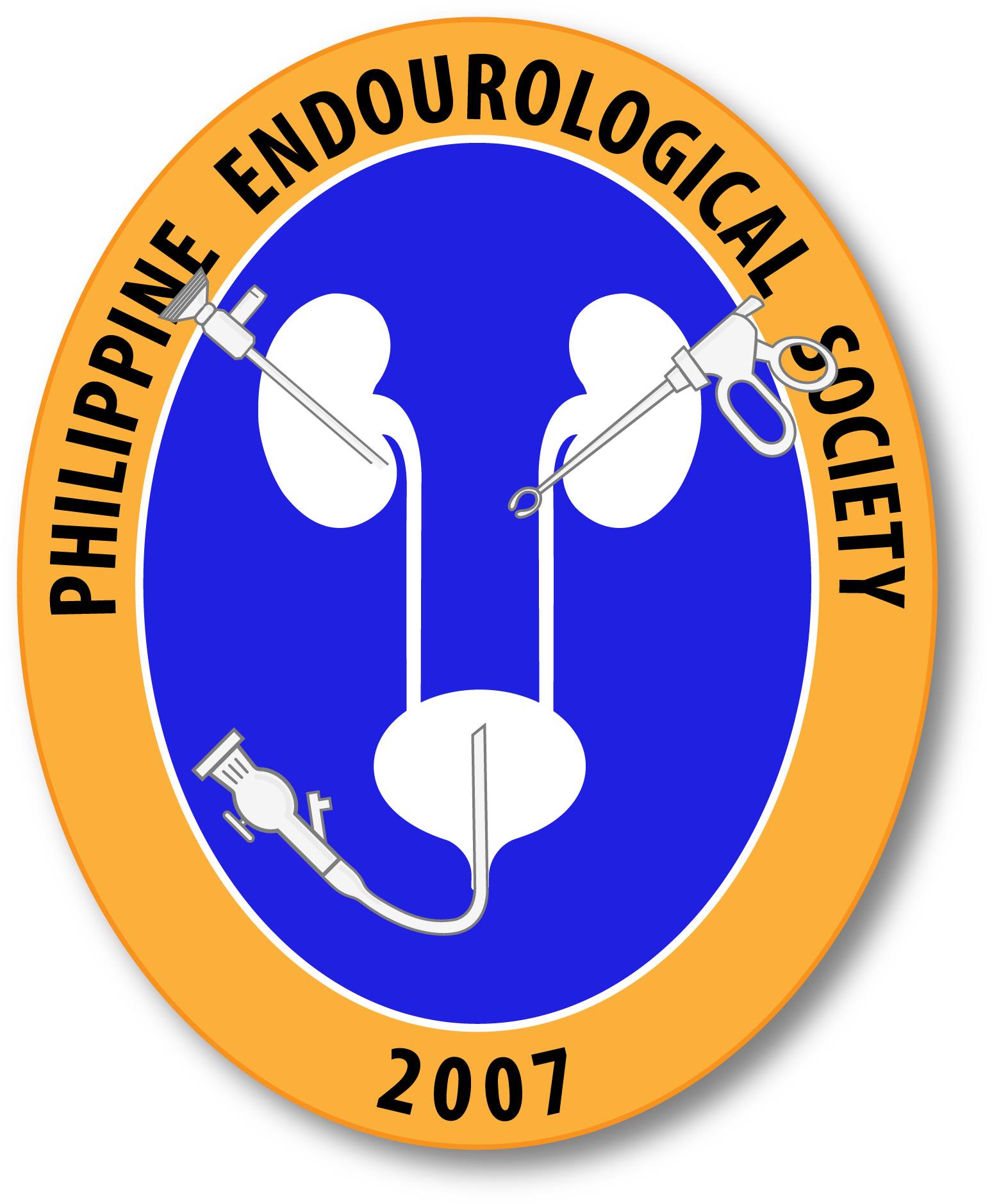Given the associated morbidity and mortality with catheter associated urinary tract infections (CAUTIs), efforts should be made to mitigate the use of indwelling catheters. We sought to describe and report the results of the post-catheter removal bladder management protocol with particular focus on decreasing catheter reinsertion, catheter days, and CAUTIs.
Urinary Catheter Alleviation Navigator Protocol (UCANP) is a quality improvement initiative aimed at decreasing indwelling urinary catheter burden. Our pilot study offers healthcare institutions an effective process to manage post-catheter removal urinary retention. In our experience, the implementation of the protocol resulted in a significant reduction in the overall number of catheter days and the rate of reinsertion compared to the historical cohorts.
One of the interesting observations in our study was the risk factor for pre-disposing patients to catheter reinsertion in the historical cohorts. We noted that race increased the risk of Foley catheter reinsertions compared to the pilot study group. It remains unclear as to why this difference. However, one of our working theories, the automated protocol might minimize any biases in decision-making process. Our team will further investigate when the UCANP is implemented on a larger scale.
